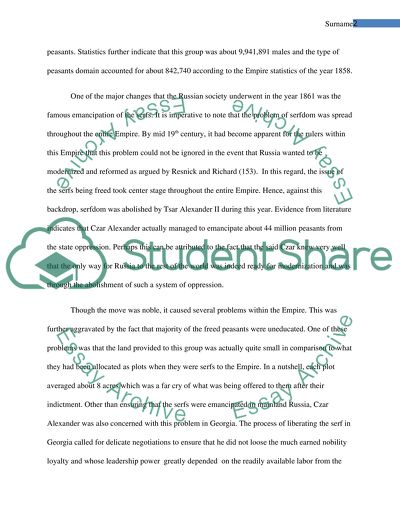Cite this document
(“Imrerial Russia Essay Example | Topics and Well Written Essays - 1250 words”, n.d.)
Retrieved from https://studentshare.org/history/1528099-imrerial-russia
Retrieved from https://studentshare.org/history/1528099-imrerial-russia
(Imrerial Russia Essay Example | Topics and Well Written Essays - 1250 Words)
https://studentshare.org/history/1528099-imrerial-russia.
https://studentshare.org/history/1528099-imrerial-russia.
“Imrerial Russia Essay Example | Topics and Well Written Essays - 1250 Words”, n.d. https://studentshare.org/history/1528099-imrerial-russia.


